MARIA BLANCHARD (1881-1932)
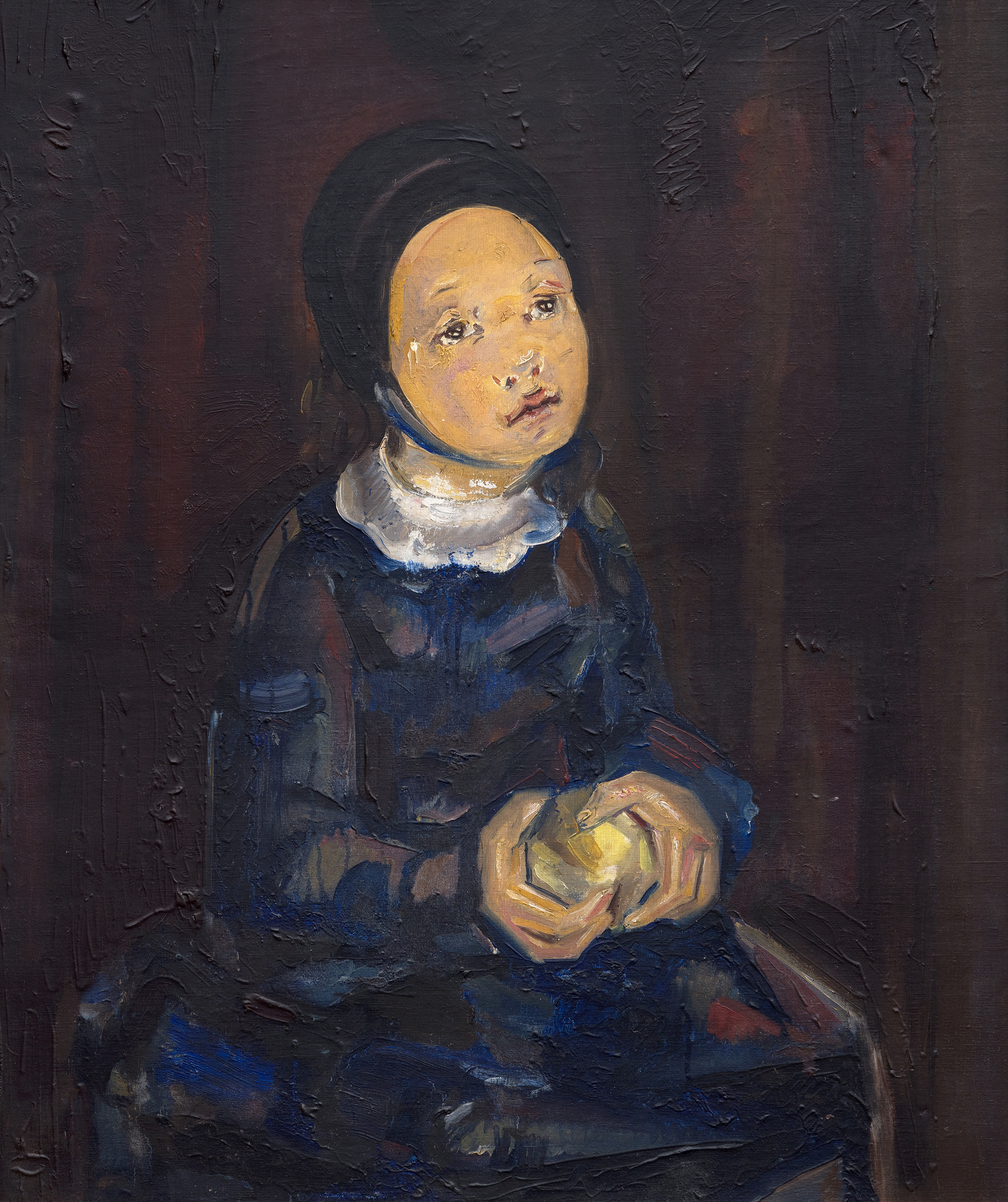
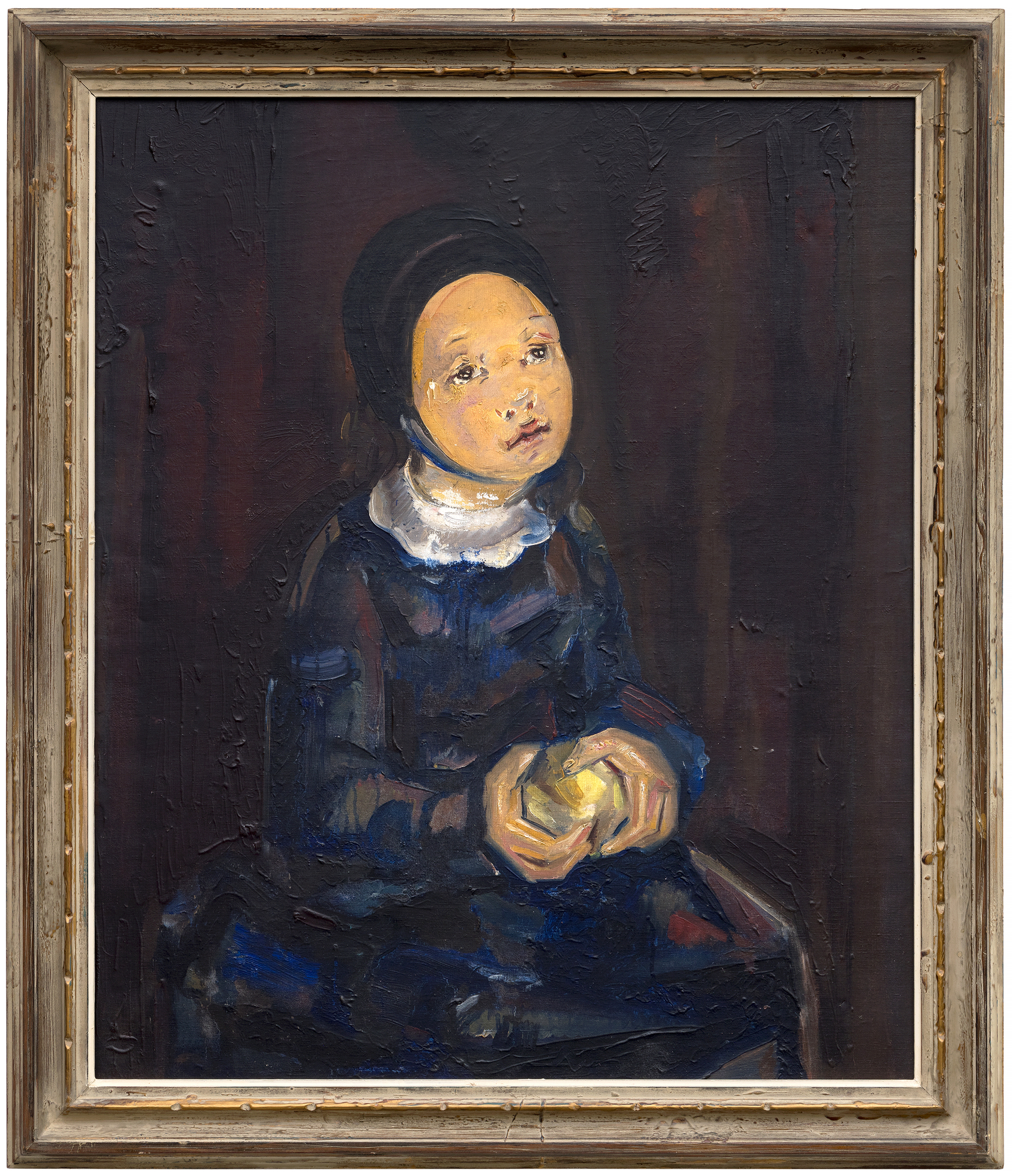
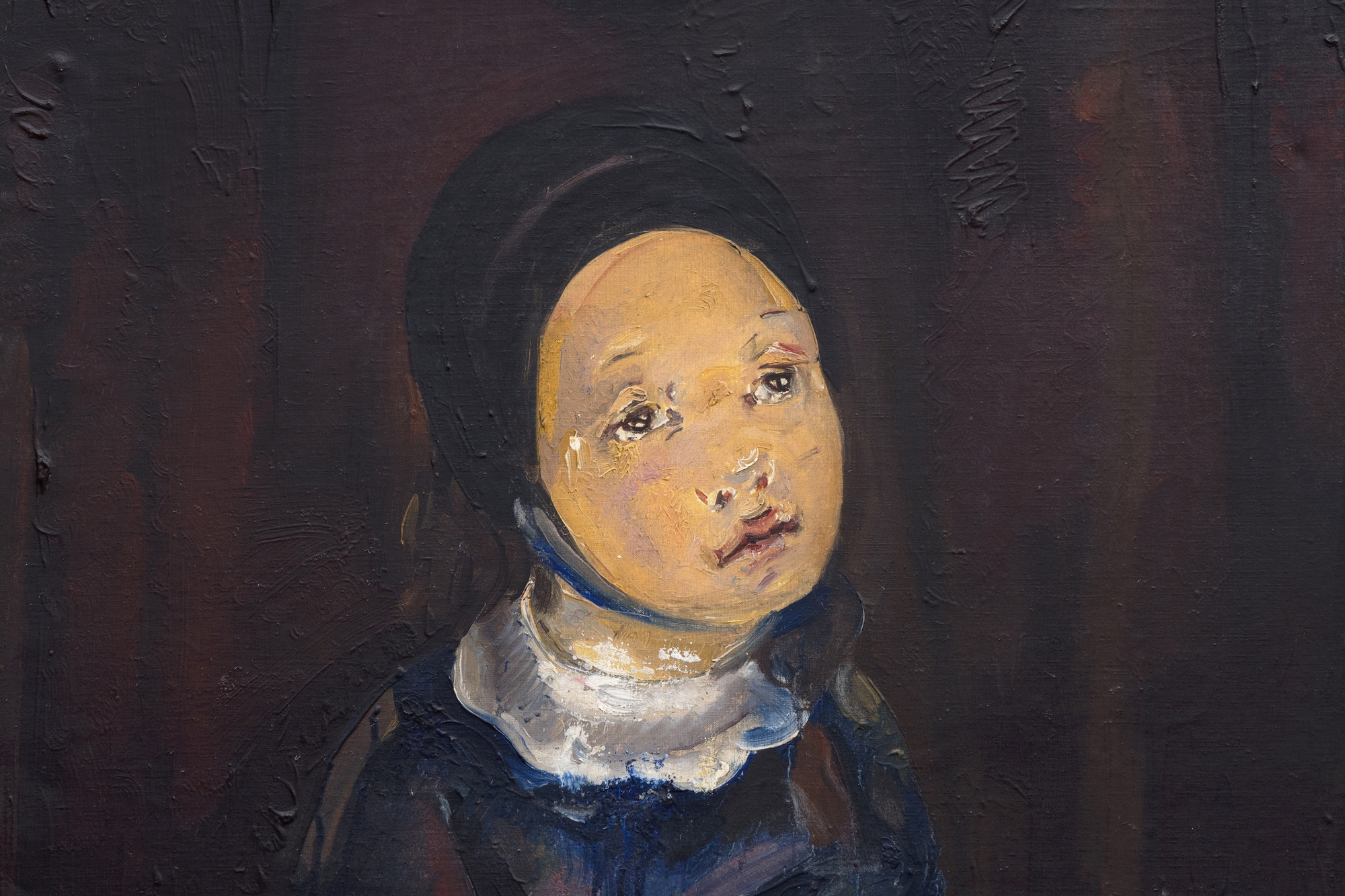
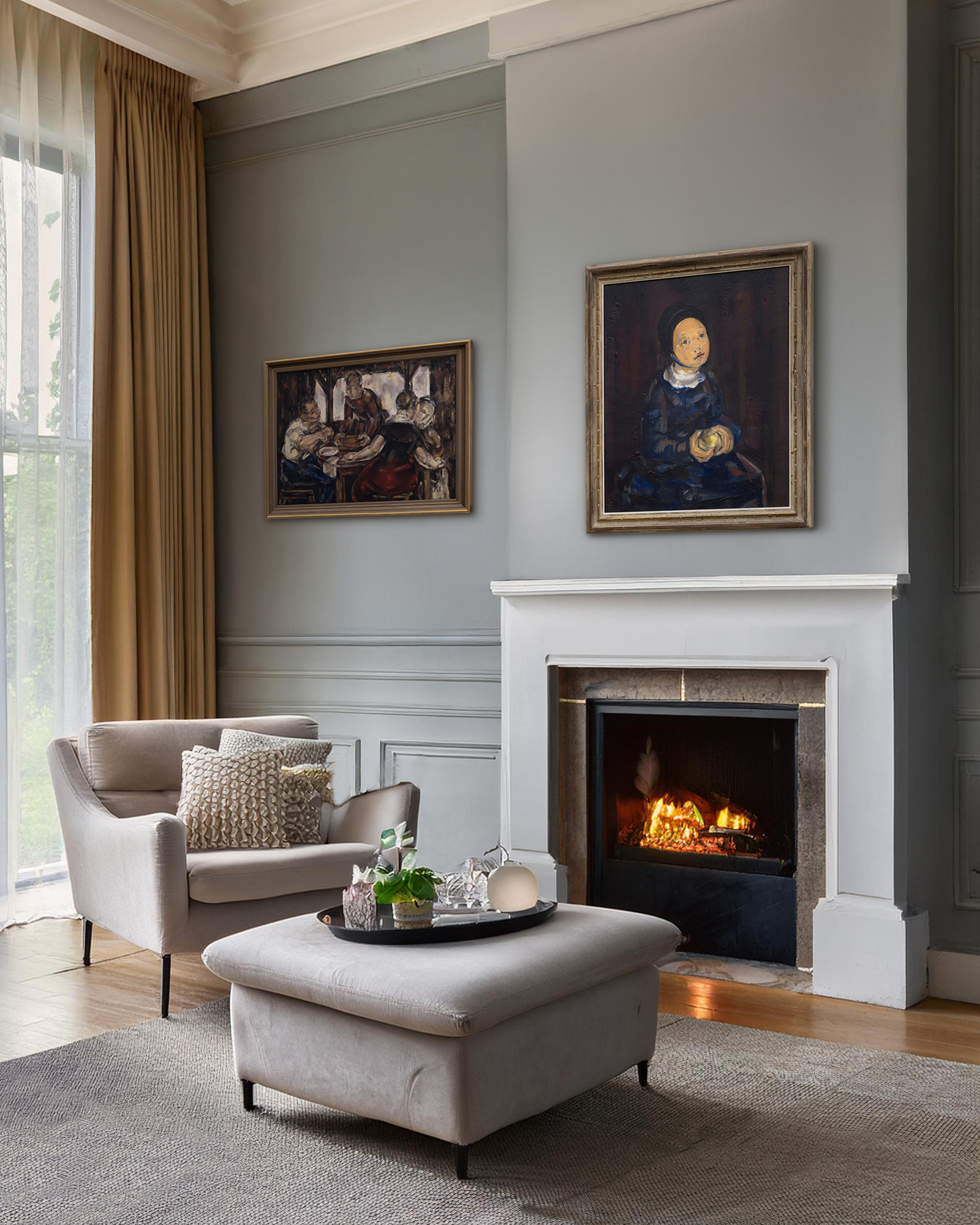
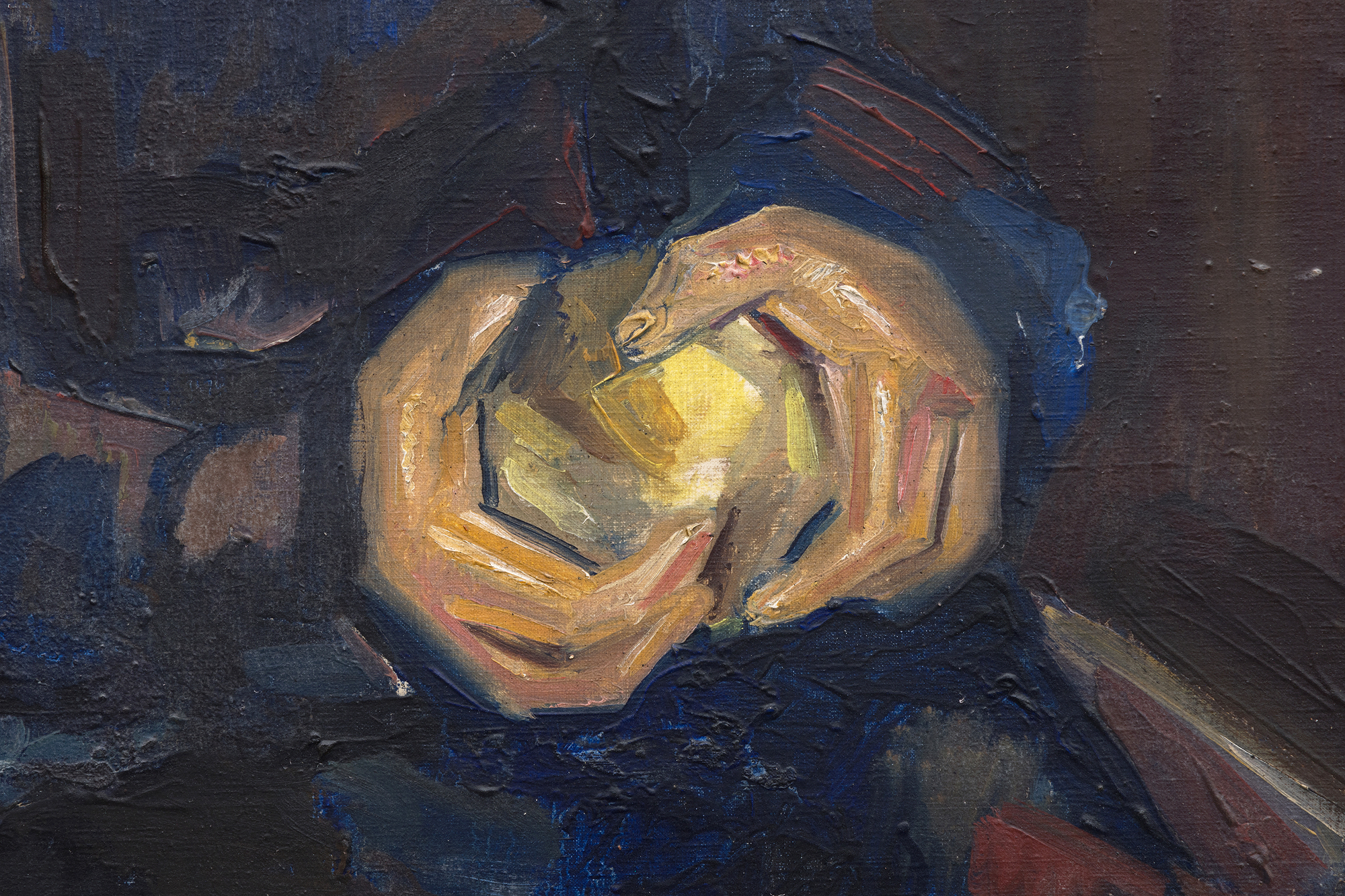
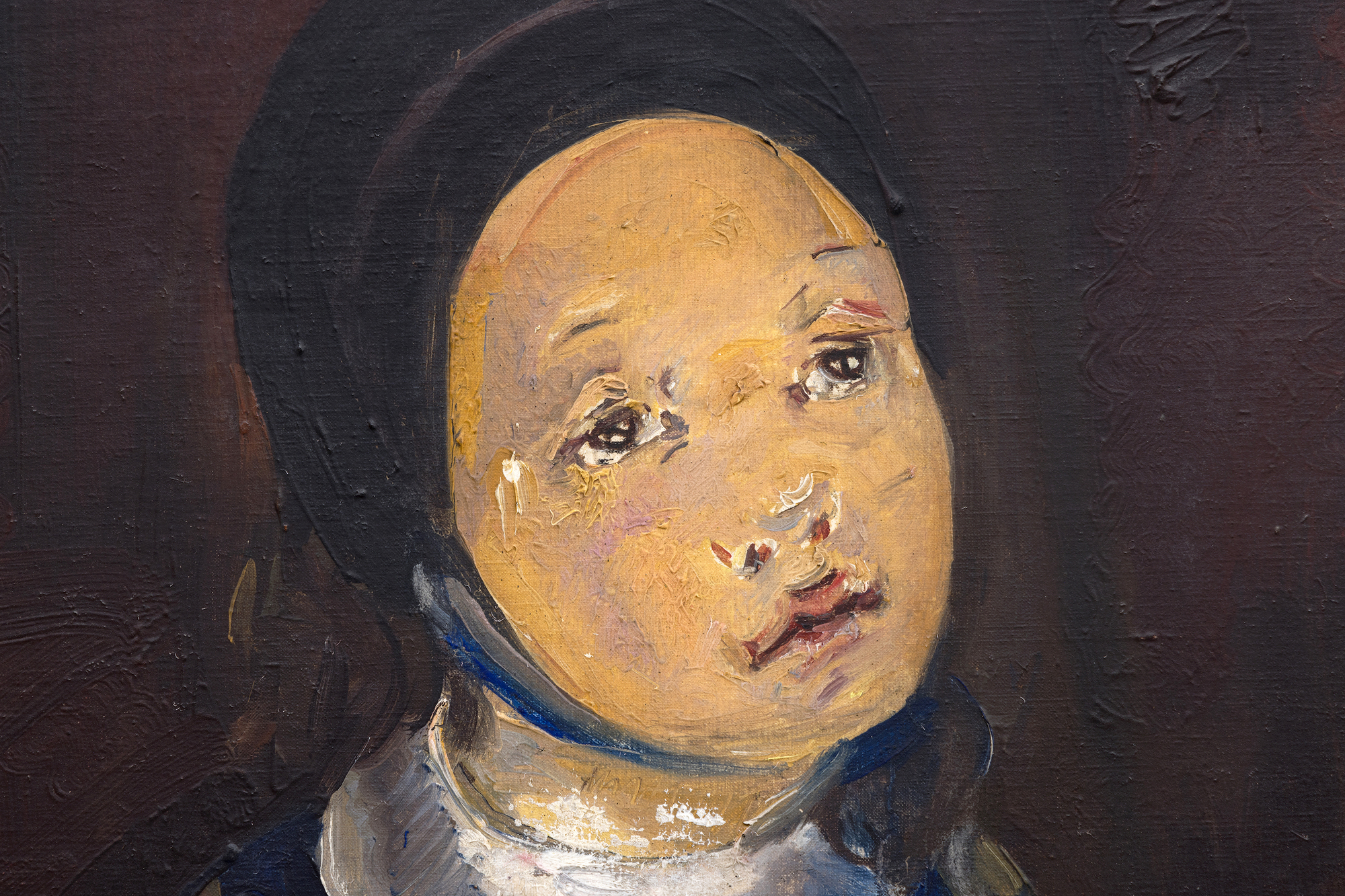
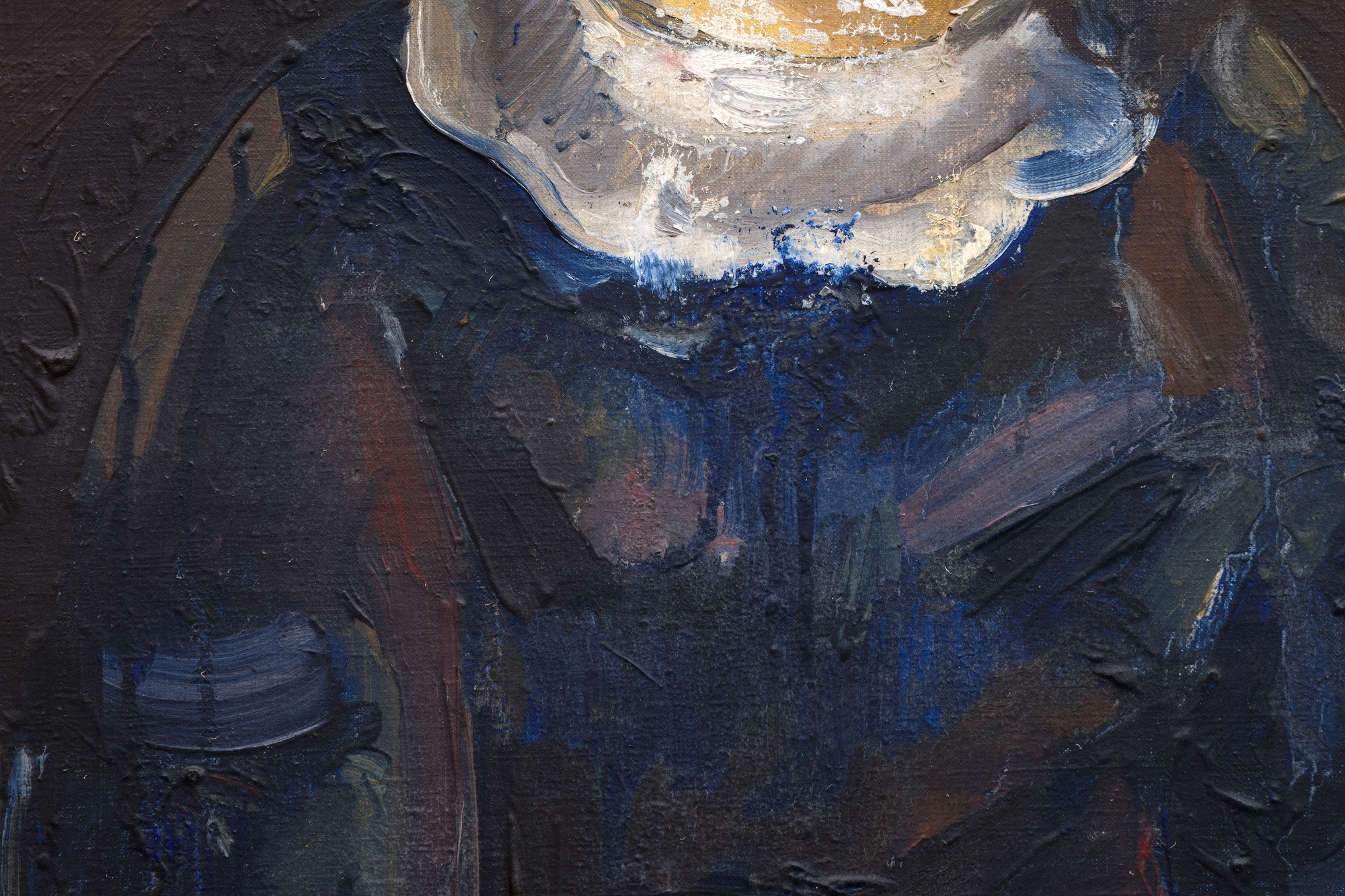
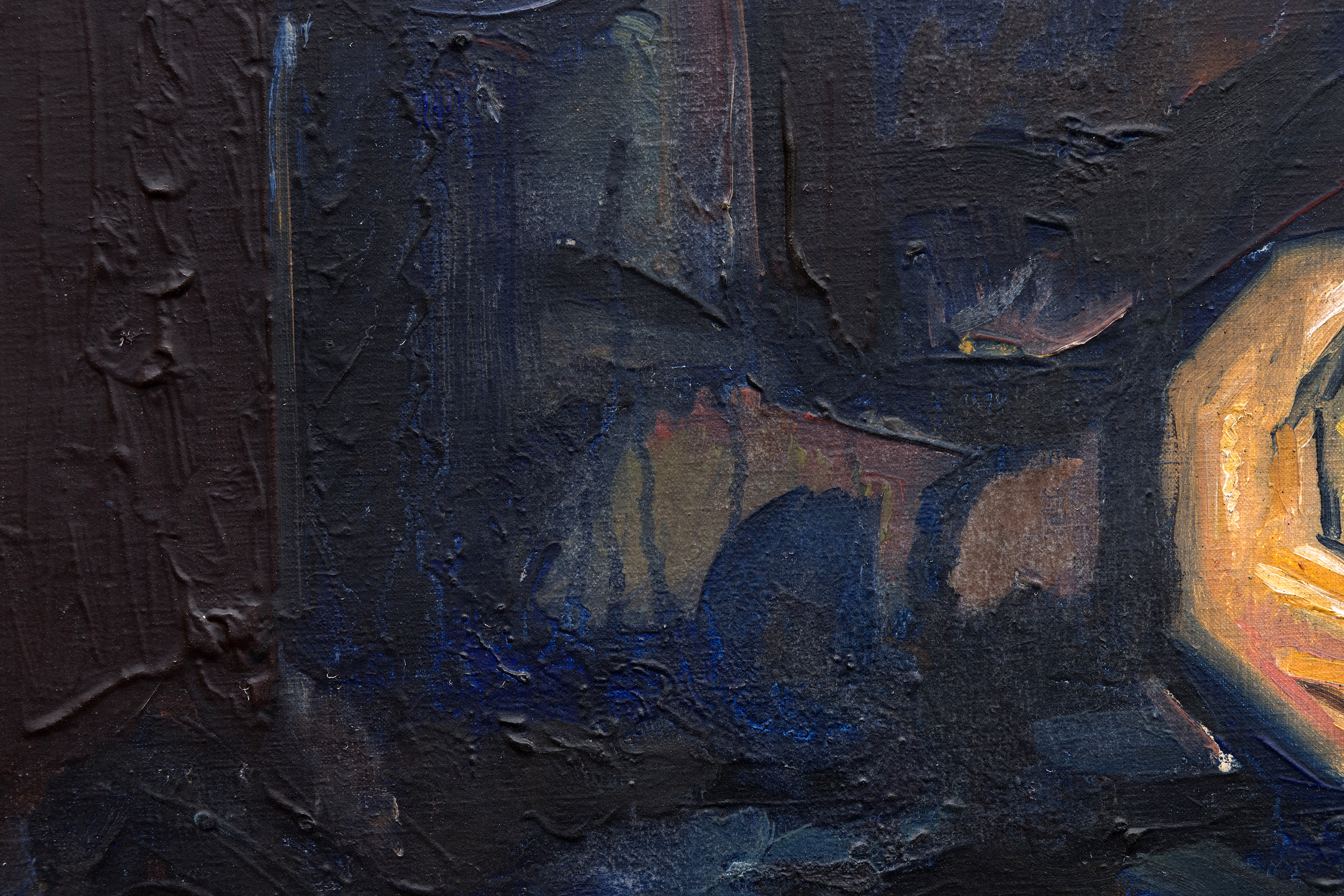
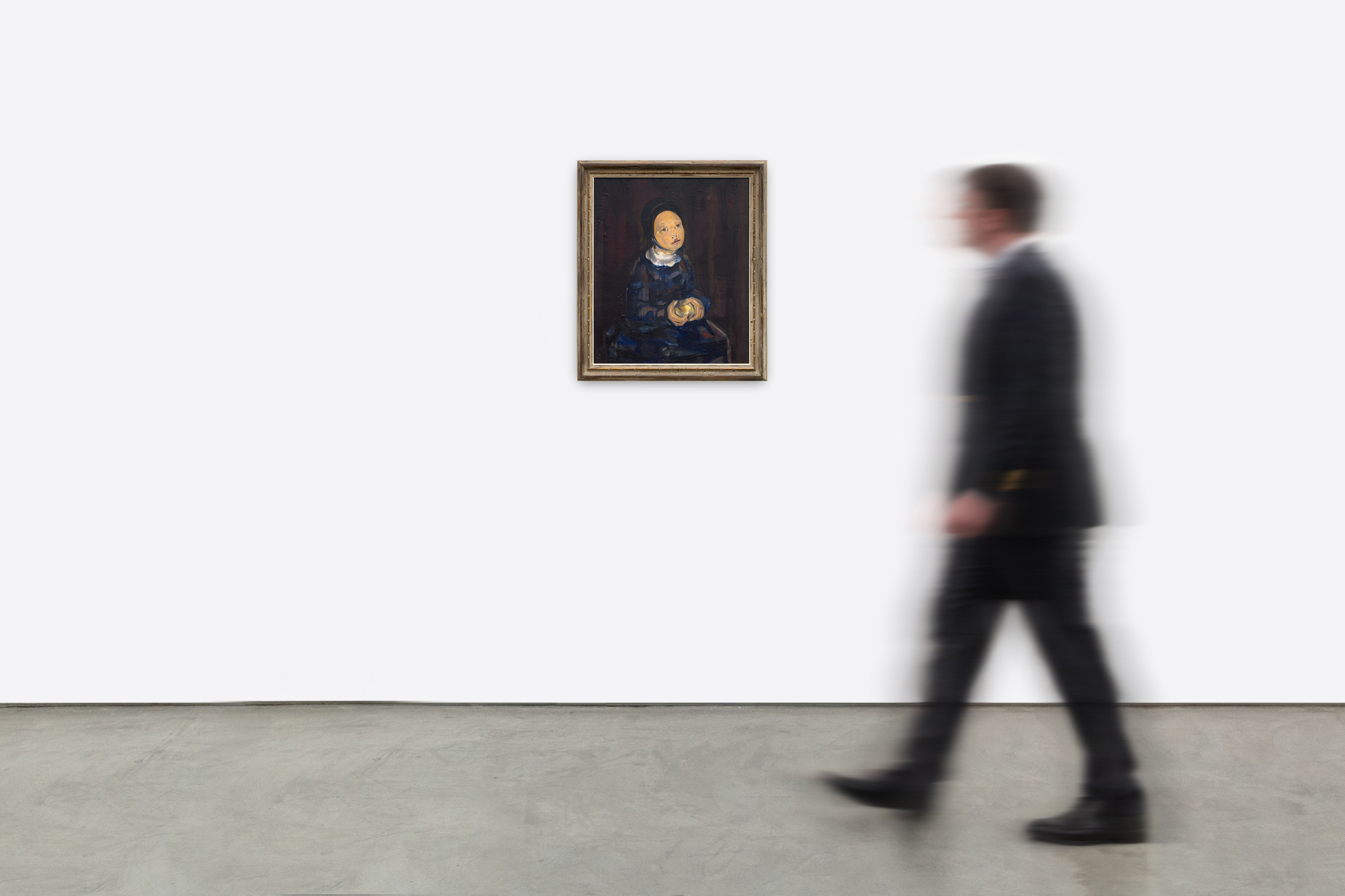
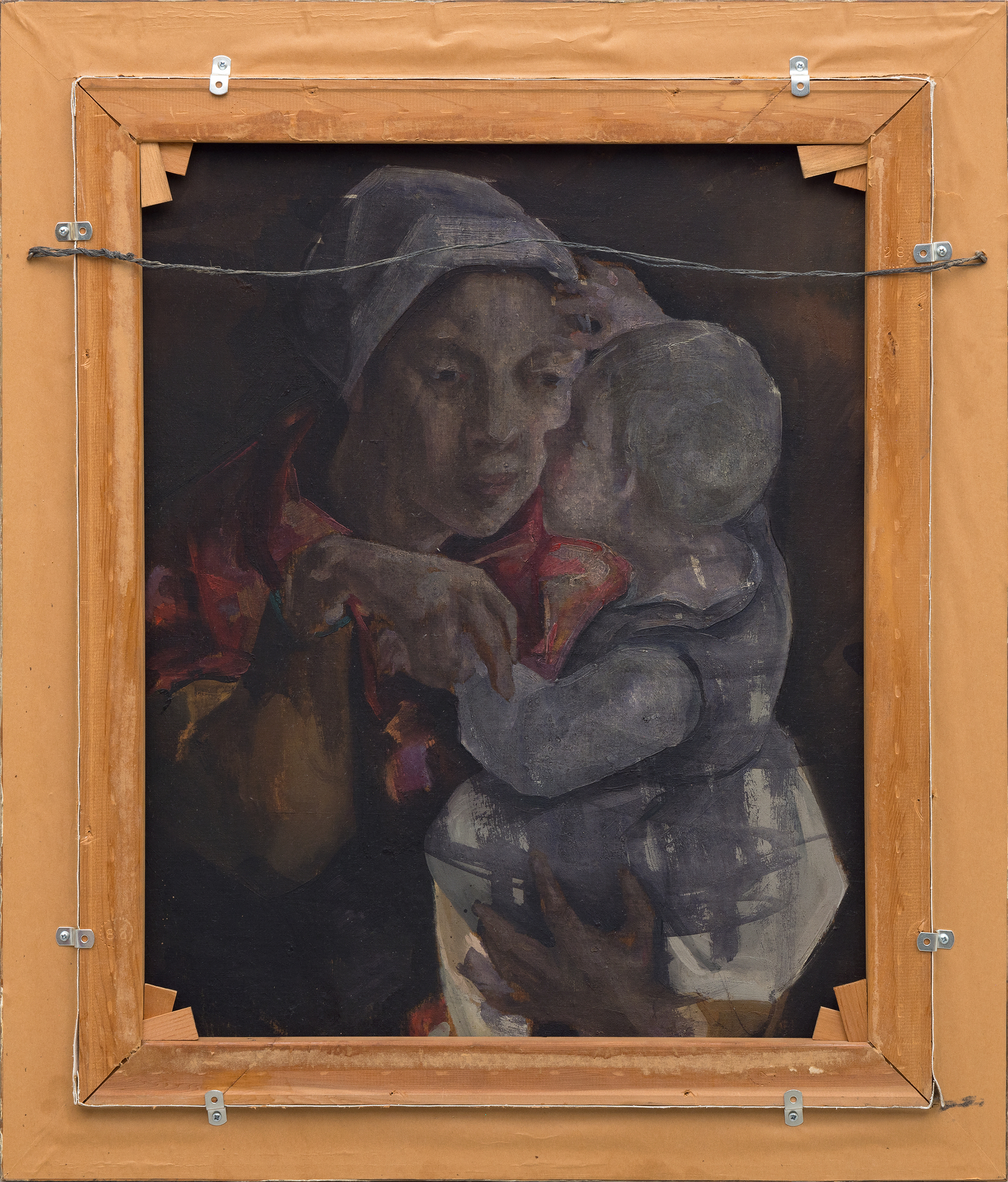
Provenienz
Sammlung von Carmen Egea Gutierrez, der Nichte des KünstlersPrivatsammlung, durch Abstammung von oben
135,000
Blanchards kubistische Wurzeln, die sich in der kantigen Behandlung der Hände und des Apfels zeigen, werden durch die bescheidene Kleidung des Mädchens abgeschwächt, was auf eine spirituelle oder religiöse Bedeutung hindeutet. Das fromme Antlitz des Modells und die gedämpfte Palette von Braun-, Grau- und Blautönen verstärken noch, dass das Gemälde einen roten Faden religiöser Themen fortsetzt, wie sie in Picassos frühem Meisterwerk "Die Erstkommunion" und Blanchards eigenem "Mädchen bei der Erstkommunion" zu sehen sind. Der in der Hand gehaltene Apfel führt Schichten von Symbolik ein, die oft für Wissen, Unschuld oder Versuchung stehen, eine Assoziation, die einen emotionalen Übergang suggeriert, der eine Brücke zwischen Kindheit und tieferem Bewusstsein schlägt.
Blanchards Fähigkeit, kubistische Formen mit symbolischer Erzählung und emotionaler Komplexität zu verschmelzen, macht dieses Gemälde zu einer ergreifenden Reflexion ihrer Entwicklung als Künstlerin. Sie vermenschlicht die starren Formen des Kubismus und verleiht ihren Motiven Tiefe und inneres Leben.


